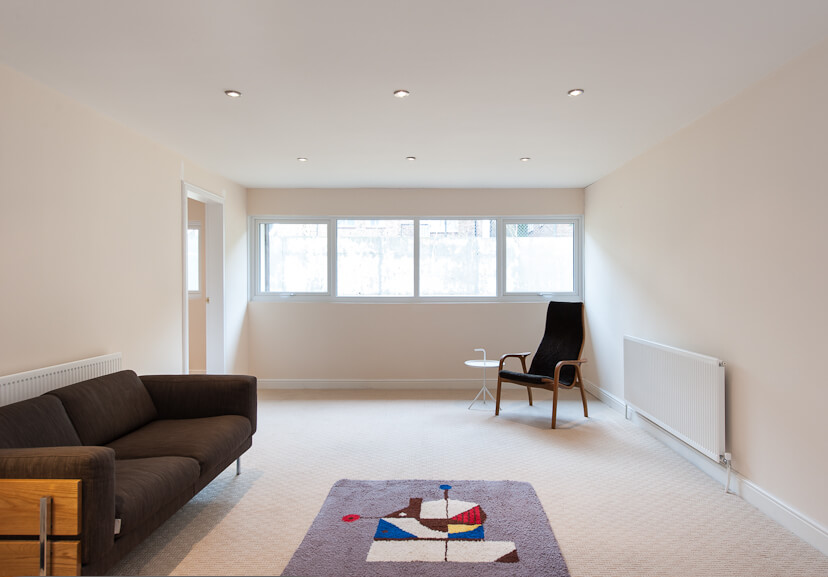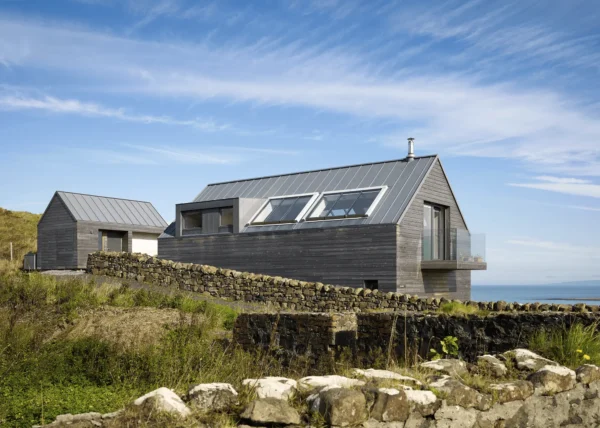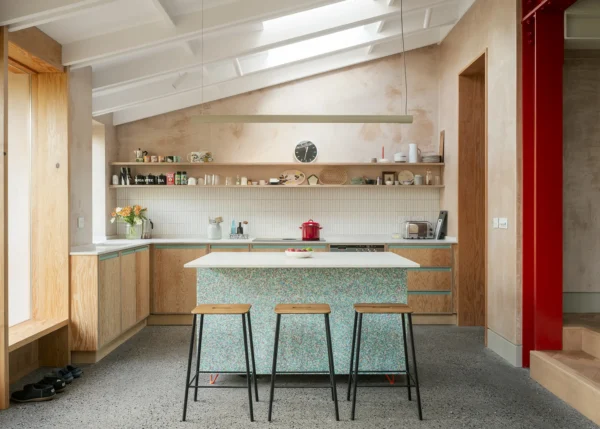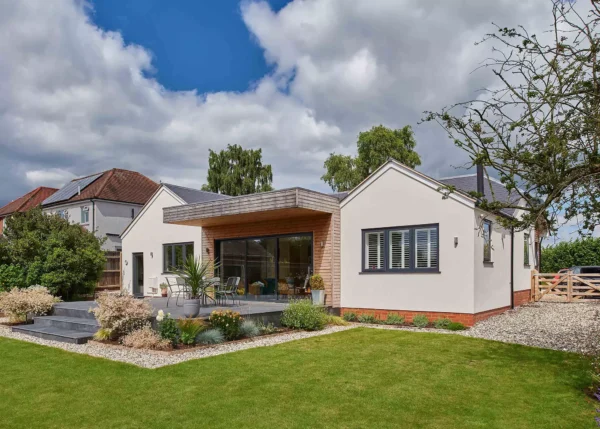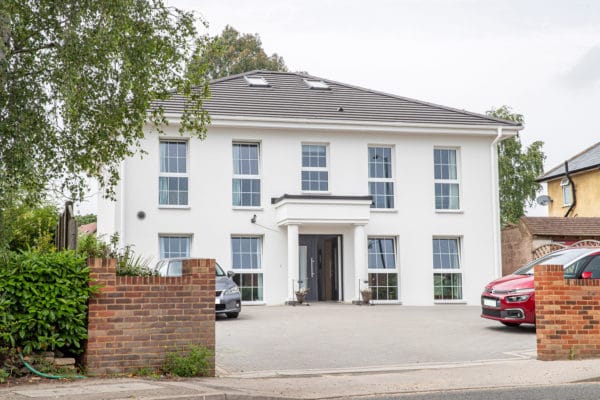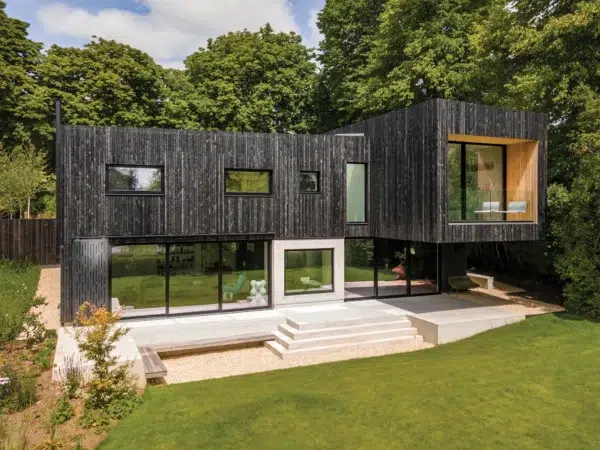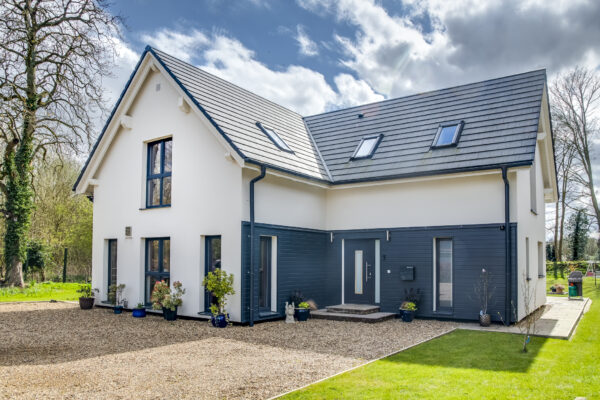Close to Home: Walter Segal’s Self Build Legacy in Lewisham
I recently set myself the task of finding out the history of self-build in my local area in south east London. To be honest, I wasn’t expecting to uncover many – if any – interesting developments. I was wrong.
I live in the borough of Lewisham, which has a diverse mix of ultra-urban zones, leafy suburbs and everything in between. And, as I discovered, was a key site for Walter Segal to pioneer his timber frame community architecture projects.
Segal is often cited as the founder of the participatory approach to homebuilding; enabling groups of inexperienced self-builders to construct their own houses quickly and efficiently.
The ‘Segal method’ was a way of building that eliminated the need for various processes such as a bricklaying, cement-pouring and other techniques that Segal considered “superfluous to the construction of a good house.” The method simplified the building process using a type of post and beam construction that could be erected entirely by hand. Reminiscent of traditional Japanese architecture, the system was flexible enough to enable a wide choice of possible layouts and positions for openings, as well as scope for alterations if housing needs changed.
Segal spent years discussing plans with Lewisham Council to try and come up with a solution to the lack of affordable housing, believing that low cost self-build developments were a viable and sustainable solution – not to mention one that would create a great community spirit. He was pioneering in his approach to re-distributing underused land owned by local authorities and wanted to form a ‘land bank’ that could be leased to groups or individuals for a time-span relative to the expected life of the building.
His vision and creativity led to Lewisham Council agreeing to two developments – Segal Close and Walter’s Way (the second phase) – where 27 houses were built between 1979 and 1984. In order to fairly choose participants, names were selected by ballot from local authority housing waiting lists and were then offered the chance to build their own home. Segal provided basic training to the selected residents and professional tradespeople were brought in to teach skills, such as plumbing. The education and experience garnered from the project gave those involved a new sense of confidence – some even carried on to work in the construction industry a result.
The developments were financed through an innovative shared ownership arrangement, whereby 50% was held by the council and 50% purchased by the self-builder. The resident’s half came at a discounted price based on the value of their labour, and was purchased through a guaranteed council mortgage.
Unfortunately Walter Segal did not live to see this second development completed. He died unexpectedly in 1985 at the age of 78.
I chatted with one of the residents of Segal close, Albert Hill. “This development has a very strong sense of place and community. Any similar future developments in the borough would be welcomed. Anything where people feel more invested in their homes is a good thing for fostering community and civic pride. Rather than handing people properties on a plate – which are usually produced by uninspiring developers – it’s better to get residents involved.”
Next time I’ll be looking into the new developments planned in Lewisham, where it looks like this rich history of self-building is set to continue.
For more information on properties at Segal Close or Walters Way check out The Modern House
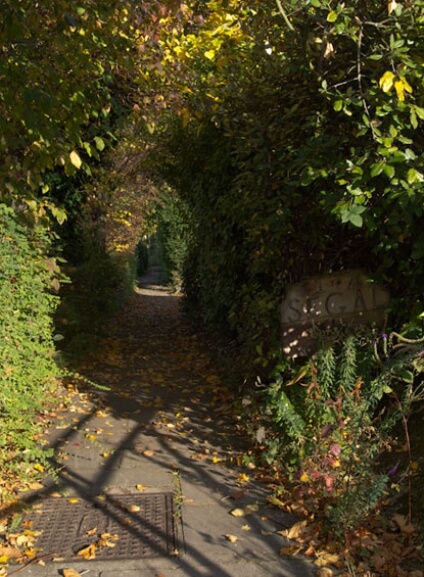
The pedestrian entrance to the site
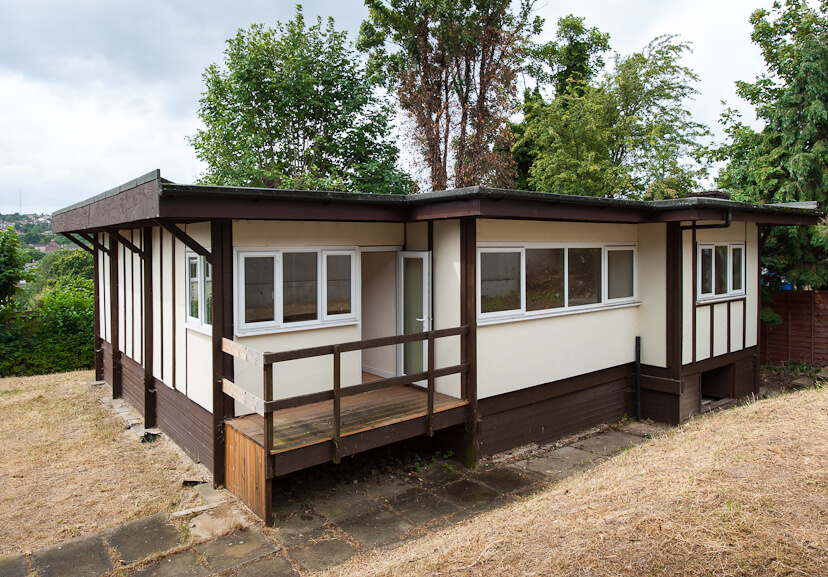
Albert’s house on Segal Close
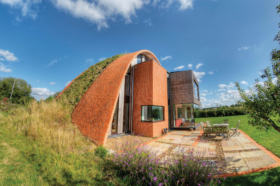
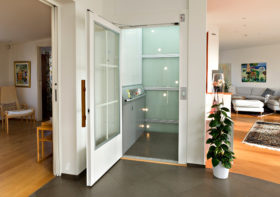






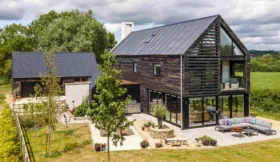













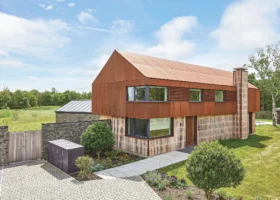
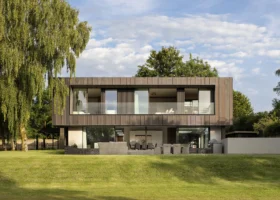


























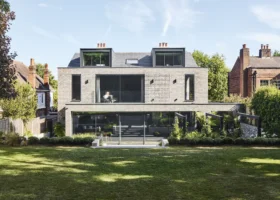











































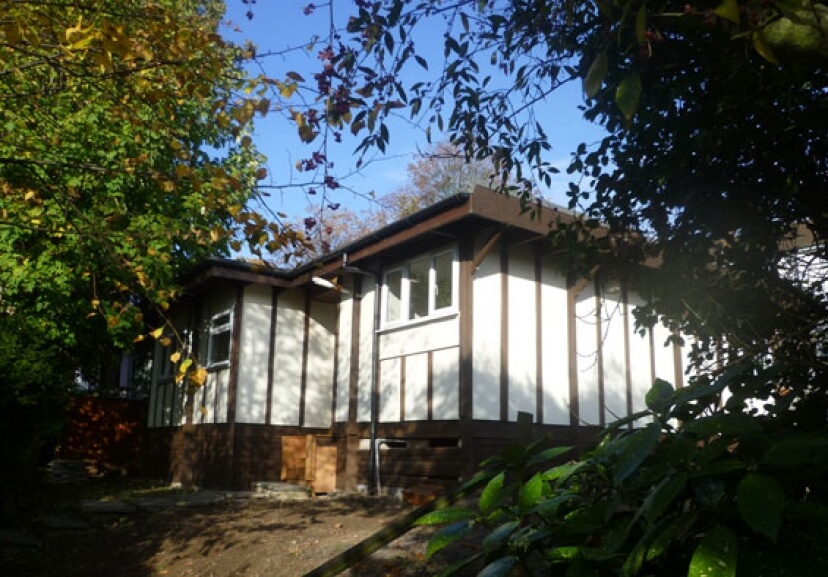
 Login/register to save Article for later
Login/register to save Article for later

